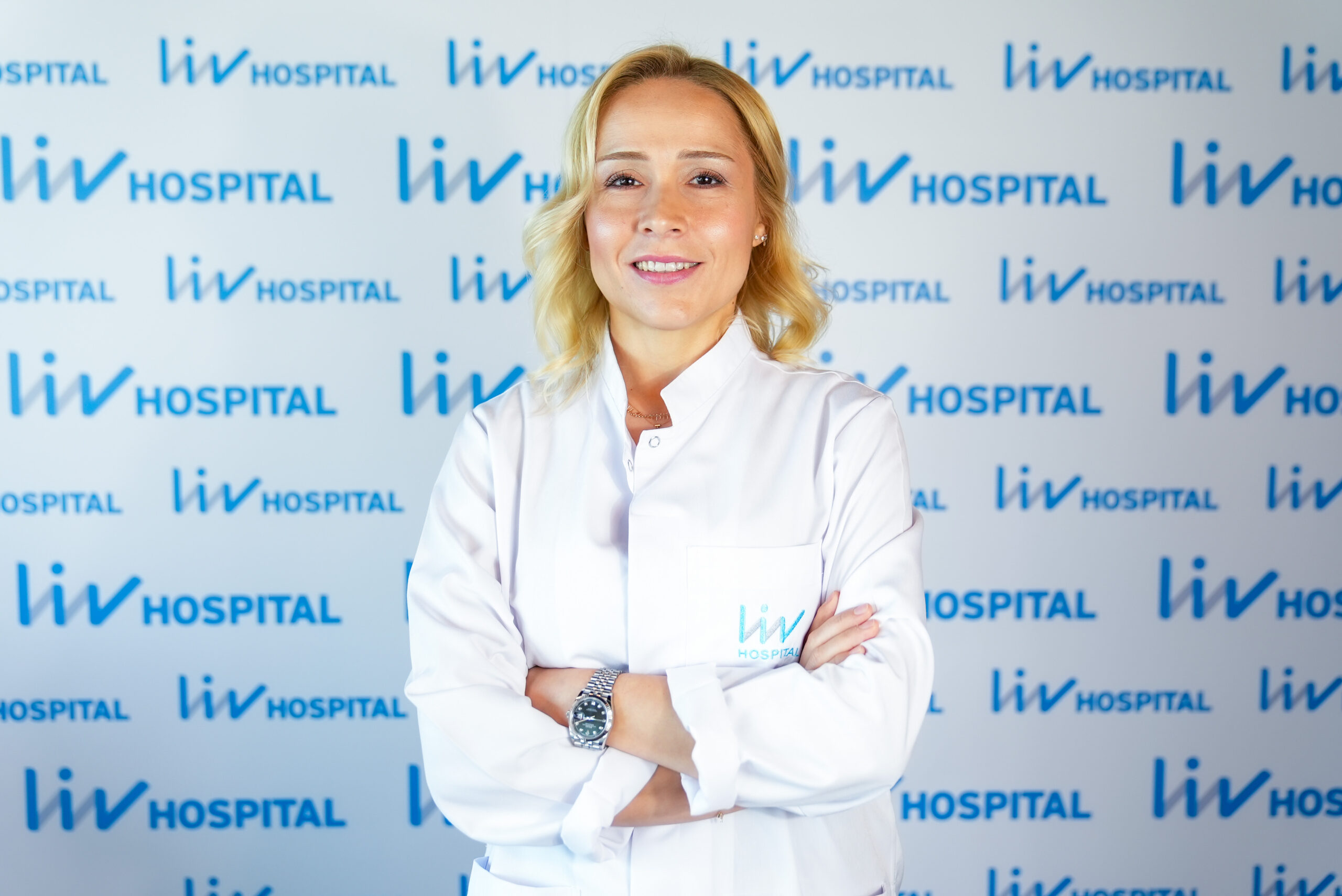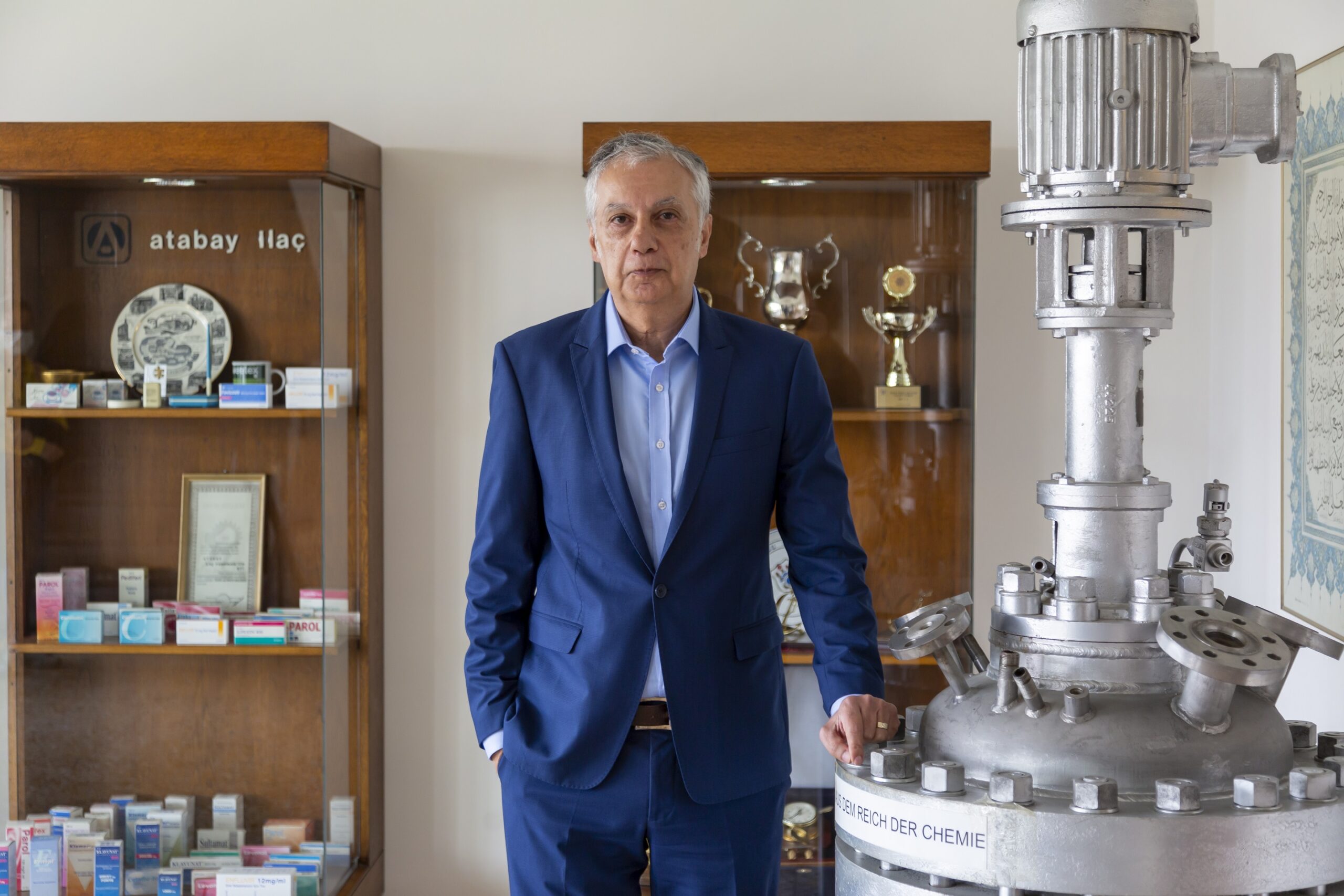As stated by all health institutions, it is very important to continue breastfeeding for the first six months and, if possible, until the age of two, when the complementary feeding period begins. So what makes breast milk so valuable? Child Health and Diseases Specialist Dr. Hilal Kızıldağ, Liv Hospital replied this question.
 Breast milk is the baby’s most beneficial food
Breast milk is the baby’s most beneficial food
“The first heartbeats, the movements felt… Along with it, great happiness, excitement, curiosity, anxiety, the mother’s efforts to be the most beneficial to her unborn child… Breast milk is a gift of nature to us and to our baby.
While the mother provides the ideal physical environment for her baby to grow and develop with her womb, she nourishes her baby through the placenta. While her baby grows and develops inside her, she also makes preparations in her body to support the development of her unborn baby in the world. “The breast tissue reaches maturity to produce milk during pregnancy, and after birth, the mother begins to breastfeed her baby.”
Every mother’s milk is ideal for her baby
“The content of breast milk varies from mother to mother, depending on the baby’s gestational week, calendar age, time period during the day, and whether it is at the beginning or end of breastfeeding. That’s why every mother’s milk is unique for her baby.”
Colostrum is different from mature milk
“The milk secreted during the first five days immediately after birth is colostrum. It is also known as colostrum among the public. Its content, color and consistency are different from mature milk. It is very rich in proteins and antibodies that protect against infections. It prepares the baby, who leaves its protected environment in the womb, for the world.”
Improves the immune system
“Breast milk does not only meet the nutritional needs of the baby. It also has a unique composition containing anti-microbial, anti-inflammatory, immune-regulating substances and living cells. All of these contribute to the development of the child’s immune system.
Studies and meta-analyses show that exclusive breastfeeding for 6 months is associated with reduced rates of lower respiratory tract infections, severe diarrhea, otitis media and obesity.”
It is a living liquid
“Breast milk is a living liquid. That’s why breast milk cannot be compared with artificial nutrients. The main cellular components of breast milk are macrophages, lymphocytes, neutrophils and epithelial cells. Very surprisingly, it has been shown that there are also stem cells similar to embryonic stem cells. These stem cells are extremely important cells in tissue and organ regeneration.
The presence of bacteria in breast milk has been known since the 1970s. However, with new non-culture techniques, breast milk microbiota has been revealed as a complex system containing a wide variety of microorganisms. In particular, Bifidobacteria and Lactobacilli have functions such as activating the immune system, inhibition of pathogens, regulation of digestive system enzymes, development of tolerance to allergens, and food production for mucosal growth.”
Breast milk is a source of epigenetic information
“In recent years, the presence of micro-RNA in microvesicles in breast milk has been demonstrated. Micro-RNAs are a type of small single-stranded RNA molecules and play a role in regulating gene expression. They play a role in the control of important physiological processes such as cell cycle, cell differentiation, growth, metabolism, tumorigenesis and apoptosis (programmed cell death). Breast milk micro-RNAs have been found to be associated with the development and regulation of immune function, especially in the baby. The mother regulates the genes and development of her offspring through micro RNAs in milk.”
It protects against cancer
“It has also been reported that alpha-lactalbumin, a protein found in breast milk that helps synthesize milk sugar and together with this milk sugar, enables the baby to sleep comfortably and reduce stress, can combine with omega-9 fatty acid in the baby’s stomach and undertake different functions in the body. This resulting protein-lipid complex is called Hamlet. It has been determined that this complex structure, which forms only in the baby’s stomach, can fight and kill approximately 40 different types of tumor cells and has the ability to distinguish healthy cells. The results obtained in studies on alpha-lactalbumin, which is found in the composition of breast milk, indicate that Hamlet protein kills tumor cells with a natural and non-toxic mechanism and provides a lower risk of cancer in breast-fed children and their mothers.
With each new study conducted on breast milk, new information will be added to the miracle of breast milk. Even in the light of current information, it is recommended to feed exclusively on breast milk, which has unique properties, for the first 6 months of life, and to breastfeed for at least 2 years or more, with the addition of complementary feeding from the 6th month.
This approach is also supported by our ministry, the World Health Organization (WHO), the United Nations International Children’s Emergency Fund (UNICEF), the American Academy of Pediatrics (APA), and the American College of Obstetricians and Gynecologists (ACOG).”



